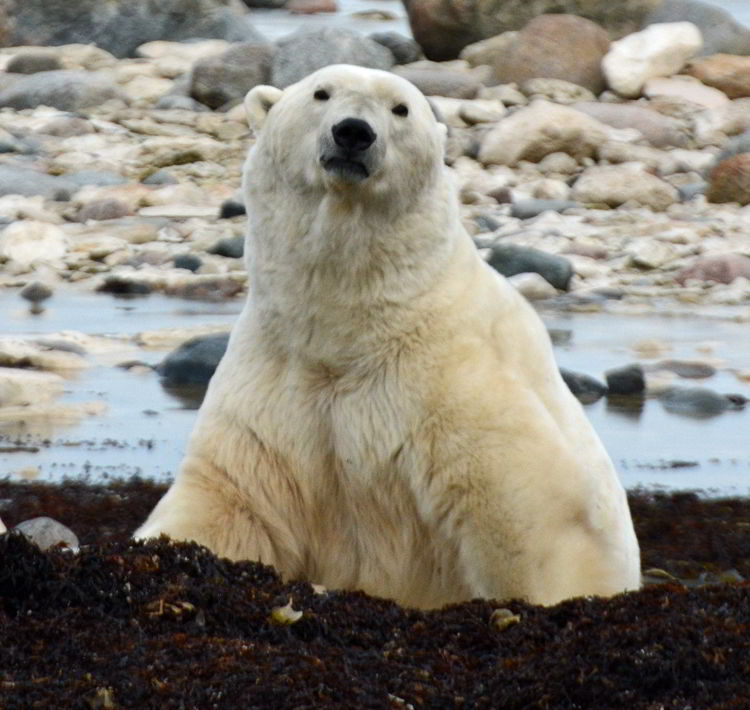
October to November is the prime time for Churchill polar bear tours. A stay at Churchill Northern Studies Centre (CNSC) is a great way to see and learn about polar bears and other Arctic species.
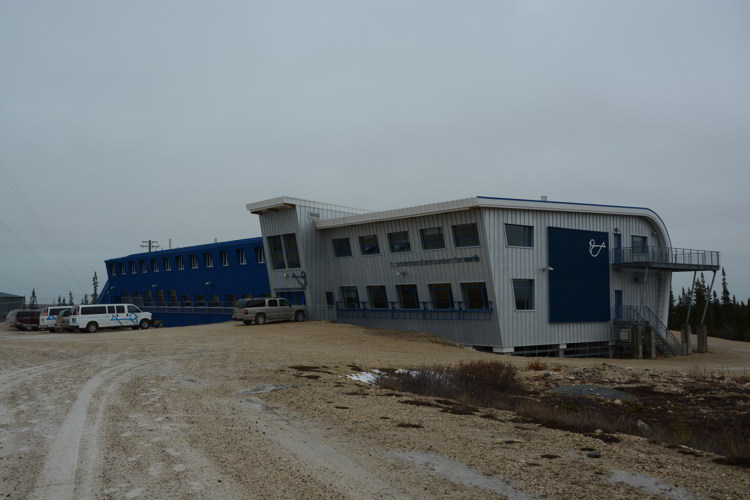
There are affiliate links in this post. If you make a qualifying purchase through one of these links, Wander Woman Travel Magazine may receive a small commission at no extra cost to you.
Table of Contents
Why is Churchill the Polar Bear Capital of the World?
When slushy ice starts to form in Hudson Bay, polar bears begin to gather near Churchill, Manitoba. It’s a phenomenon that’s been occurring for centuries. The bears gather here because ice forms sooner than it does in other places in the Arctic. Hudson Bay is part of a large inland sea system where freshwater and Arctic marine seawater mix. The lower salt concentration in the water allows ice to form sooner than it does in other places and for bears that means they can get out on the ice and start hunting sooner.
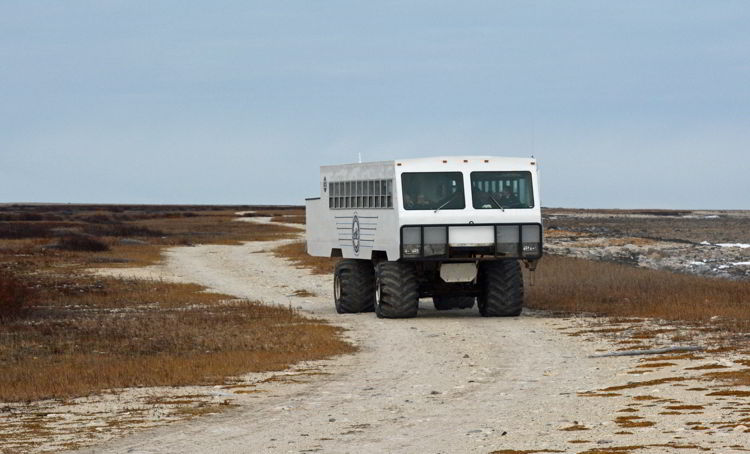
Related: Read our post and see our amazing photos of a self drive safari in the Canadian Rockies.
Churchill Polar Bear Tours at CNSC Support Scientific Research
There are several companies that offer Churchill polar bear tours, but tours supplied by the non-profit Churchill Northern Studies Centre help to support scientific research. They also allow participants to interact with and learn from some of the top Arctic researchers in the world. Located 23-km outside Churchill, the LEED silver certified centre has research labs, dormitories, a cafeteria and other facilities that are used by scientists and visitors. “I couldn’t do my research without the Churchill Northern Studies Centre,” asserted Dr. Nick Lunn, a research scientist with Environment and Climate Change Canada. Dr. Lunn has been studying polar bear ecology and arctic marine ecosystems for more than 30 years and he made the comment during an educational presentation for visitors on a learning vacation at the centre.
What is a Learning Vacation?
A typical learning vacation at the centre lasts a week and includes tundra buggy tours, helicopter tours, an opportunity to participate in some citizen science, fascinating scientific presentations and time to explore Churchill. The food is very good at the centre and there are plenty of opportunities to see wildlife. Guests sleep in the same dorm-style rooms that scientists and researchers use. I took at least a thousand pictures during my week at CNSC. Here are some of my favorites.
Polar Bears
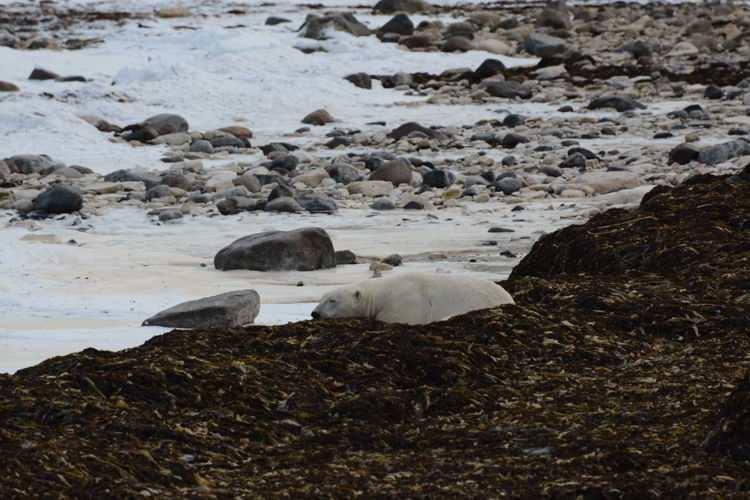
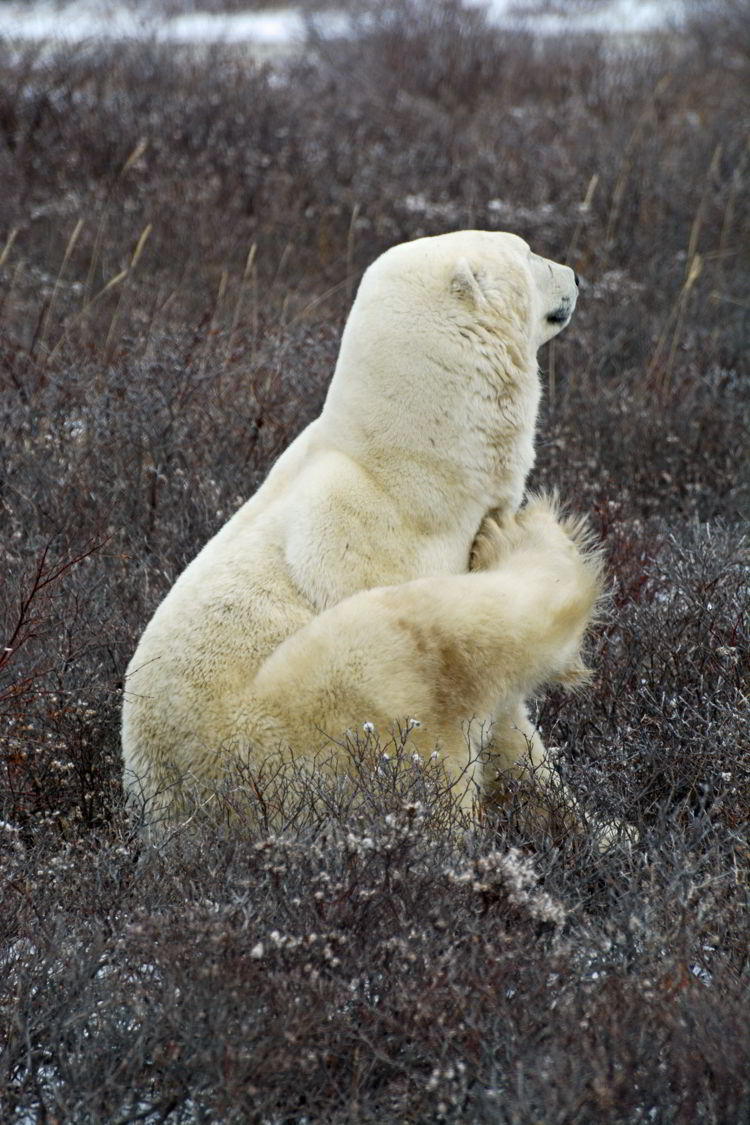
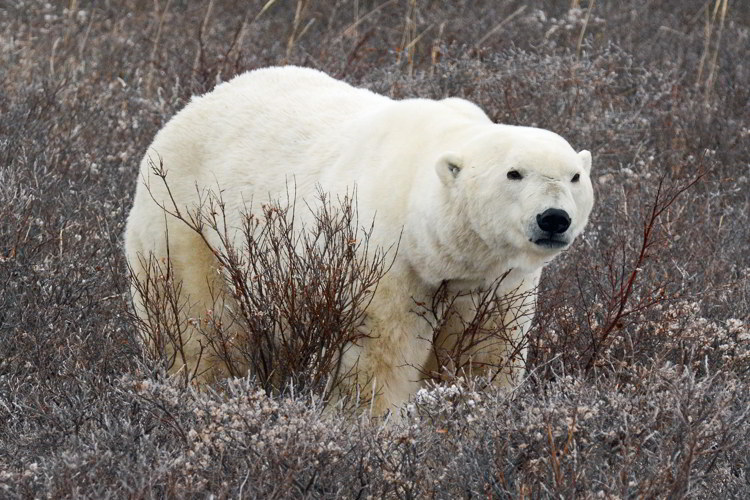
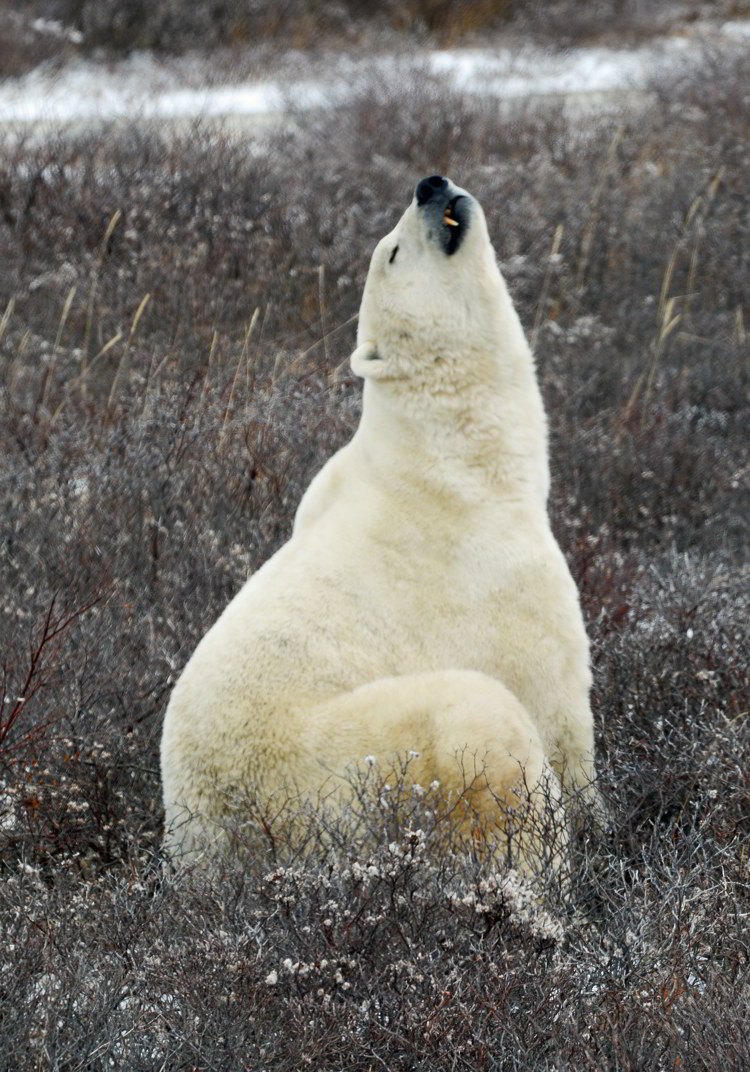
Foxes
I found the foxes almost as fascinating as the polar bears. Some studies have shown that Arctic fox numbers have been declining in colder climates throughout the world – including Churchill. This may be due to the warming climate, which has allowed red foxes to expand their territory northward.
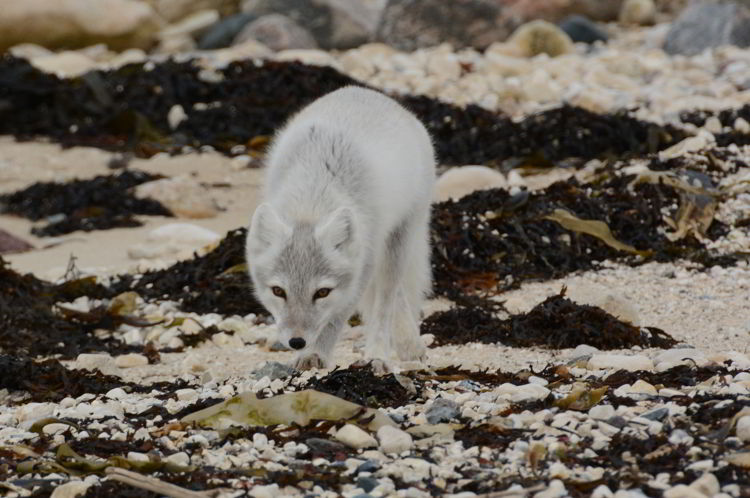
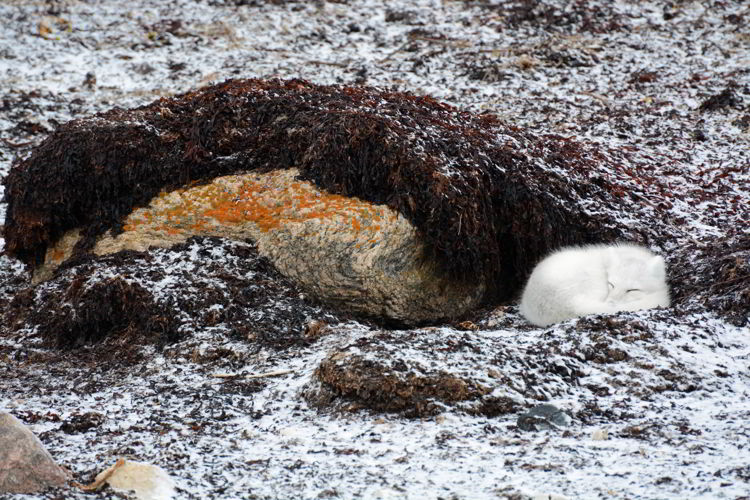
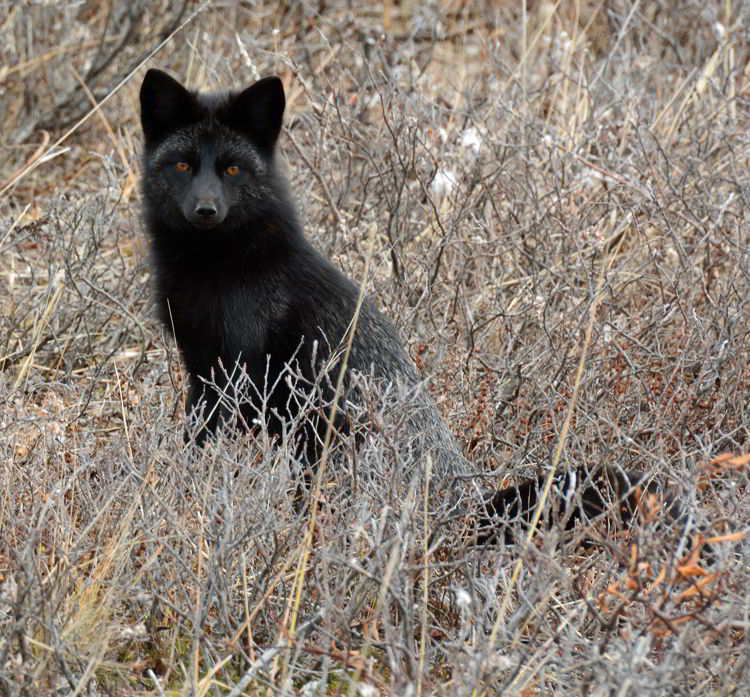
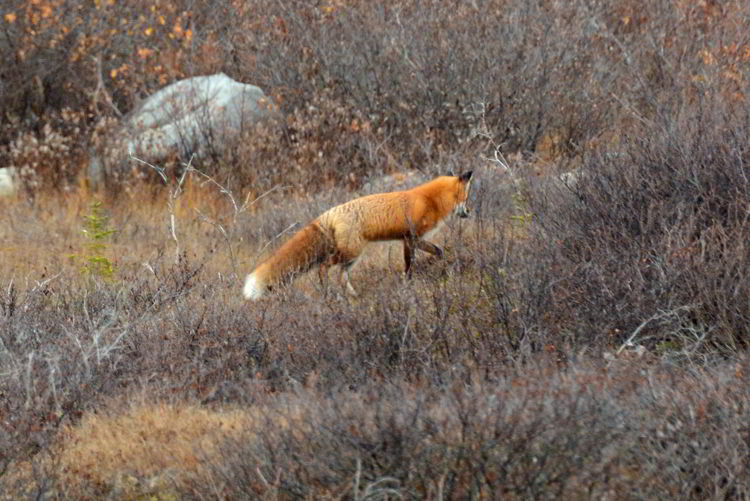
Other Arctic Species
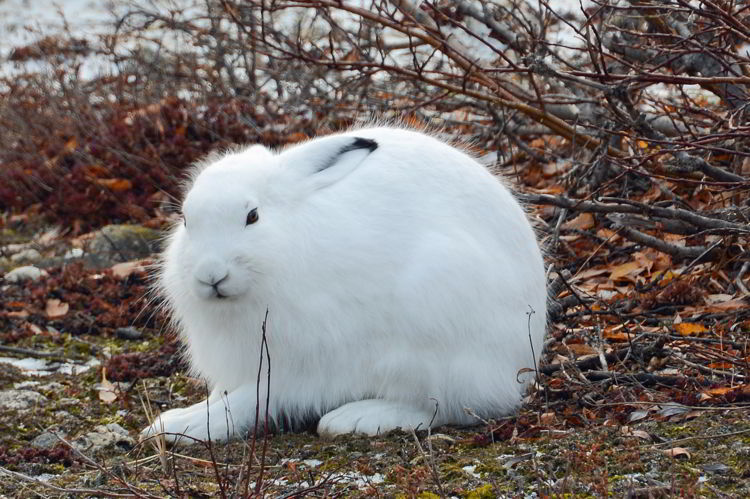
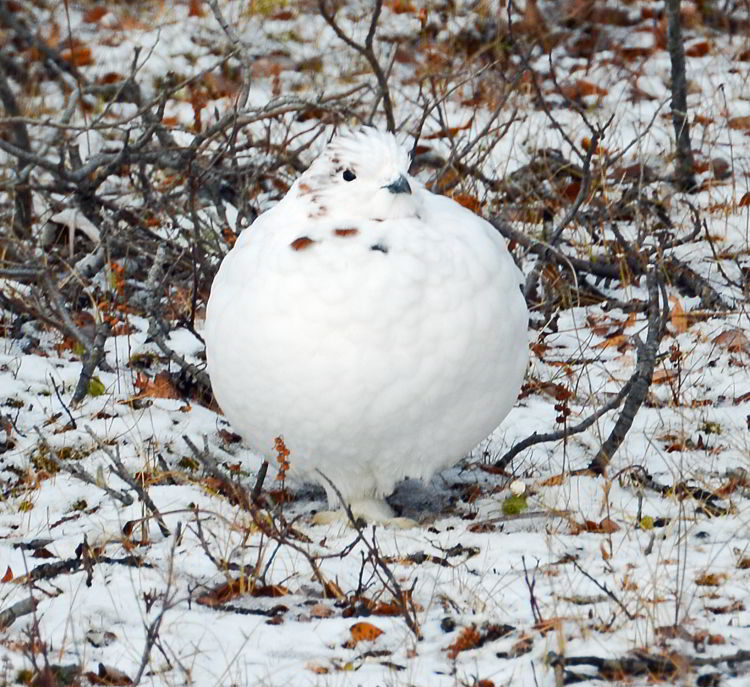
The Details
- Churchill Northern Studies Centre offers learning vacations year-round. I experienced the “Lords of the Arctic” tour. The tour costs $3415 per person and includes dormitory-style accommodations, delicious meals, airport/train shuttle, local tours, wildlife viewing opportunities and presentations. Tours at peak migration times sell out and should be booked well in advance.
- October and November are the prime viewing times for polar bears in Churchill. As soon as the ice freezes, the polar bears leave.
- Getting to Churchill is a challenge. The rail line is currently down and there are no roads leading there. First Air offers direct flights from Winnipeg to Churchill starting at about $1350 per person return.
What to Pack
Weather is unpredictable in the Canadian arctic. It’s best to dress in layers to ensure you will be warm enough. Bring a good thermal base layer that wicks away moisture. You’ll also need warm socks and boots, a light jacket, ski pants and a ski jacket and warm gloves.
A good camera with a zoom lens is invaluable if you want good photos of polar bears and other Arctic species.

More Wild Adventures: If you like nature and wildlife photos and tours, check out our article about Birding in Belize.

2 Comments
Jodi DeJong
When did you go to Churchill? I’m considering going this November and doing the Lords of the Arctic learning vacation. I’d like to go on the middle week but it’s sold out so looking at Nov 8-15. Your pictures are gorgeous! What length of zoom did you use? I’m considering the train as it’s now functional to Churchill and I’ve got lots of time. How many times did you get out in the Tundra buggy? How long was the helicopter tour? Did you see much from there?
wanderwoman
I traveled in late October and I did the Lords of the Arctic learning vacation. I’m glad you liked the pictures. Most of my shots were taken with a 70-300 mm Nikon VR lens. I haven’t tried the train journey, but I’d love to hear how it goes. Please let me know. We had two trips on the tundra buggy and one helicopter tour included. Check with CNSC to see what’s included in your tour. I’m not sure how long the helicopter tour was, but We saw several polar bears from the helicopter. I didn’t include any of those photos with the article, because the ones from the tundra buggy were far better. A larger lens would have allowed me to get better shots from the helicopter. I hope you have a wonderful trip. -Debbie